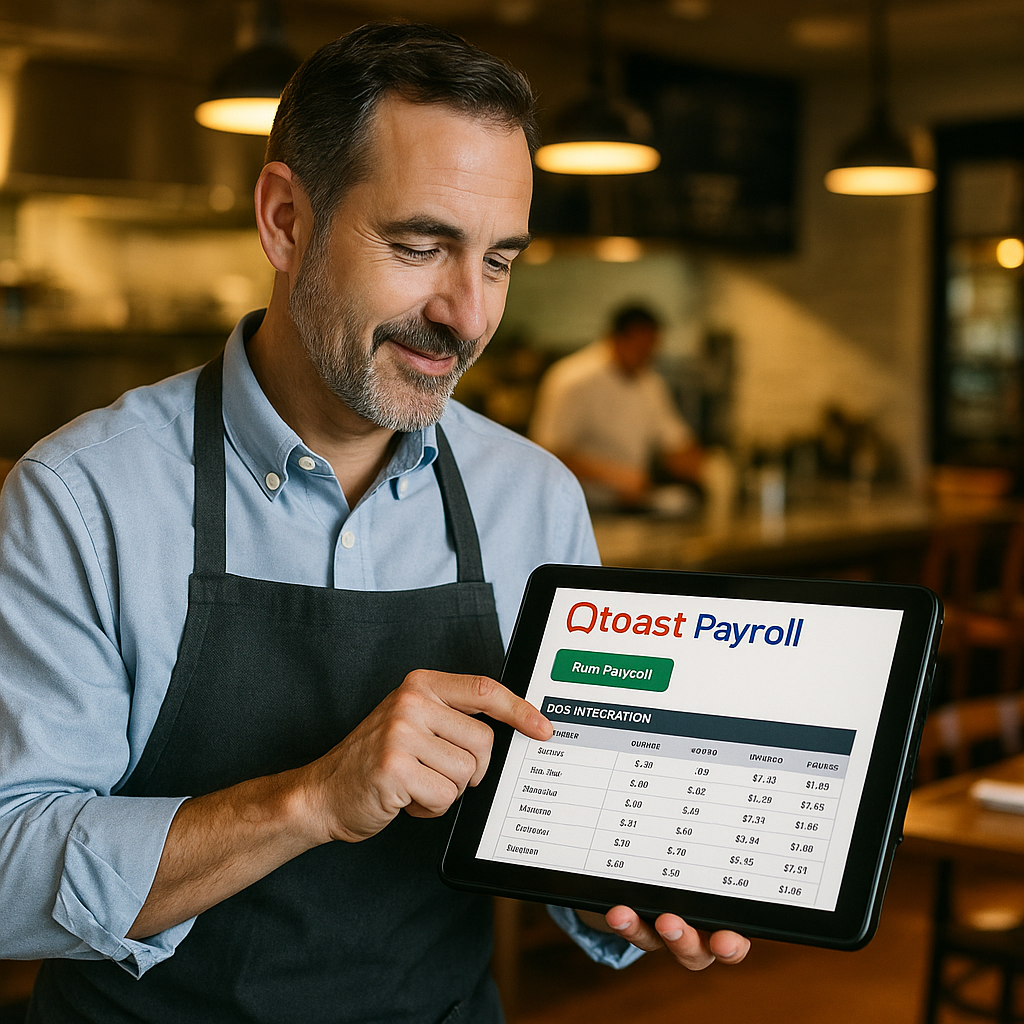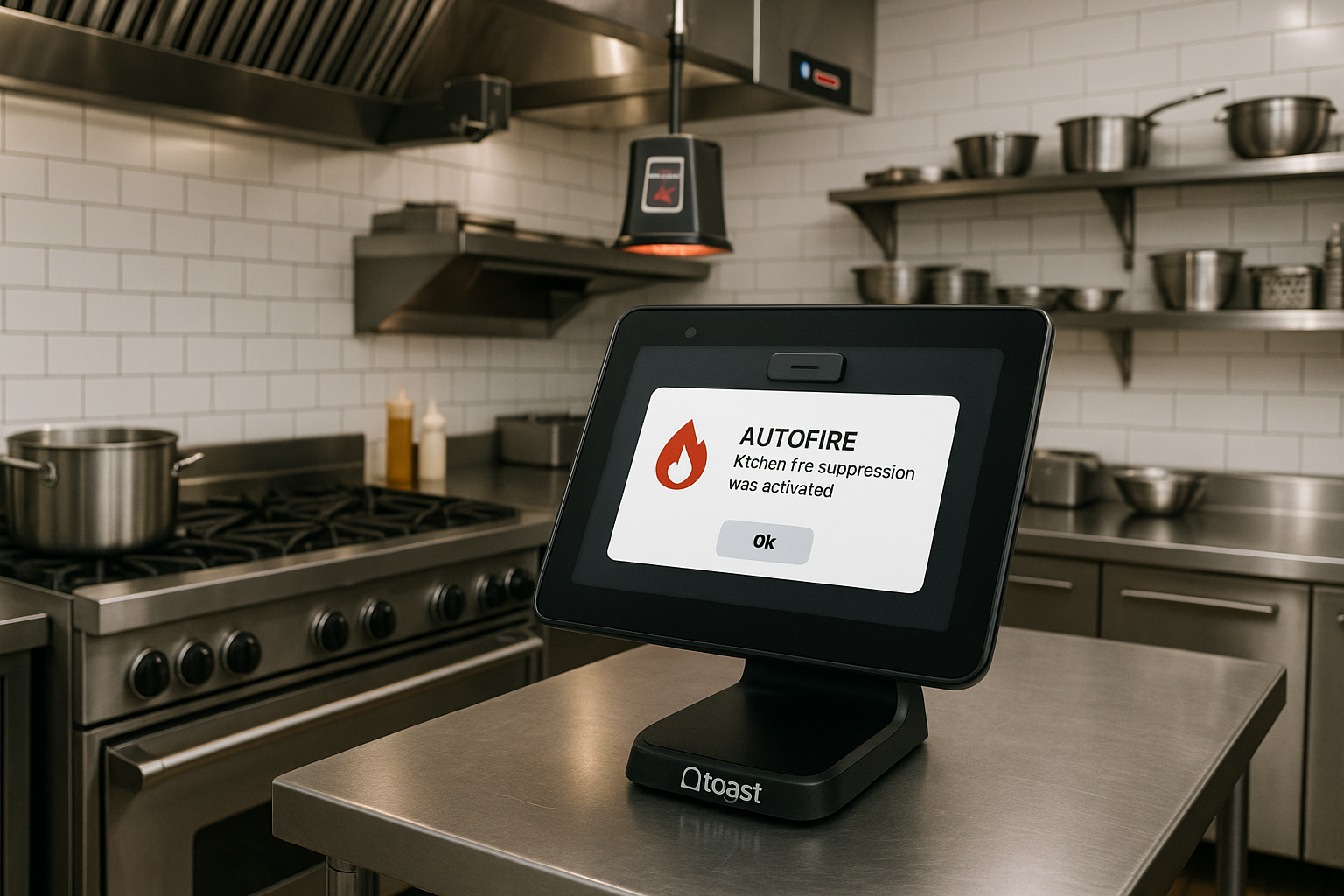Understanding Menu Structure for Optimal Sales
Introduction
Creating an effective menu is a foundational element of any successful restaurant, and with Toast POS, the process can be streamlined significantly. A well-structured menu not only enhances the dining experience but also drives sales. Begin by categorizing your offerings—appetizers, main courses, beverages, and desserts—to facilitate easy navigation for customers. Each category should be clearly defined and visually distinct, allowing patrons to quickly identify what they desire.
Another aspect to consider is the strategic placement of high-margin items. Positioning these dishes at the top or in the center of the menu can draw attention and encourage customers to order them. Utilize Toast POS analytics to identify which items are your best sellers and ensure they are prominently featured. This data-driven approach can be pivotal in maximizing profitability and enhancing customer satisfaction.
Finally, remember to keep your menu concise. Too many options can overwhelm guests and lead to decision fatigue. A well-curated menu that reflects your restaurant’s identity and core offerings can simplify the ordering process and increase overall sales.
Utilizing Toast POS Features for Menu Innovation
Incorporating Toast POS features into your menu development can elevate your restaurant’s offerings significantly. One of the standout features is the ability to easily update the menu in real-time. This flexibility allows you to respond to seasonal ingredients, market trends, and even customer feedback instantaneously, ensuring your menu remains fresh and appealing.
Moreover, Toast POS supports the integration of digital menus and online ordering capabilities. By utilizing these features, you can cater to a broader audience, including those who prefer to order online. Implementing visually appealing digital menus can engage tech-savvy customers and encourage them to explore more options, ultimately enhancing their dining experience.
Don’t overlook the potential for special promotions or limited-time offers. With Toast POS, you can create unique menu items or pricing strategies that are easy to manage and track. Experimenting with these dynamic offerings can inject excitement into your menu and drive customer engagement, making your restaurant a go-to destination.
Engaging Customers with Dynamic Menu Design
The design of your menu can significantly impact customer engagement. With Toast POS, you have the opportunity to create visually stunning menus that are not only functional but also aesthetically pleasing. Use high-quality images and compelling descriptions to entice guests and provide them with a sensory preview of what they can expect.
Incorporating customer feedback into your menu design can also enhance the dining experience. By analyzing sales data and customer reviews through Toast POS, you can identify which items resonate with your patrons. This information can guide design adjustments, ensuring that your menu reflects the preferences and tastes of your customer base.
Lastly, consider the use of seasonal themes or local collaborations in your menu design. Showcasing local ingredients or seasonal dishes can create a connection with your community and attract customers looking for unique dining experiences. A dynamic menu that evolves with the seasons not only keeps your offerings fresh but also demonstrates your commitment to quality and local sourcing.
Analyzing Menu Performance for Continuous Improvement
Conclusion
Continuous improvement is essential in the ever-evolving restaurant landscape, and leveraging Toast POS analytics can offer invaluable insights into your menu’s performance. By regularly reviewing sales data and customer preferences, you can identify which items are underperforming and which are driving profits. This information is crucial for making informed decisions about menu changes or deletions.
Additionally, using Toast POS to track customer feedback can help refine your offerings. Engaging with guests post-dining experience can yield important insights that might not be evident from sales alone. Encouraging feedback through digital platforms can lead to a more responsive menu that aligns with customer expectations and trends.
Ultimately, the goal is to create a menu that not only satisfies but also excites your customers. By continuously analyzing performance metrics and incorporating feedback, you can ensure that your menu remains aligned with your business objectives and customer desires, fostering long-term success.


